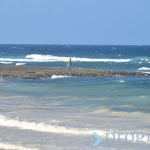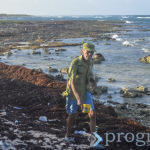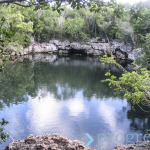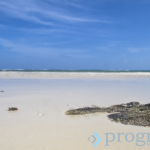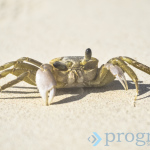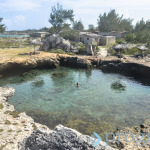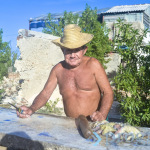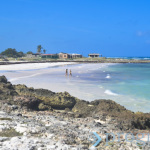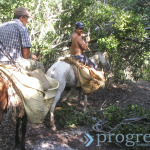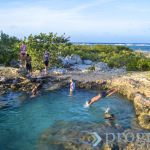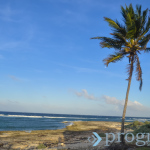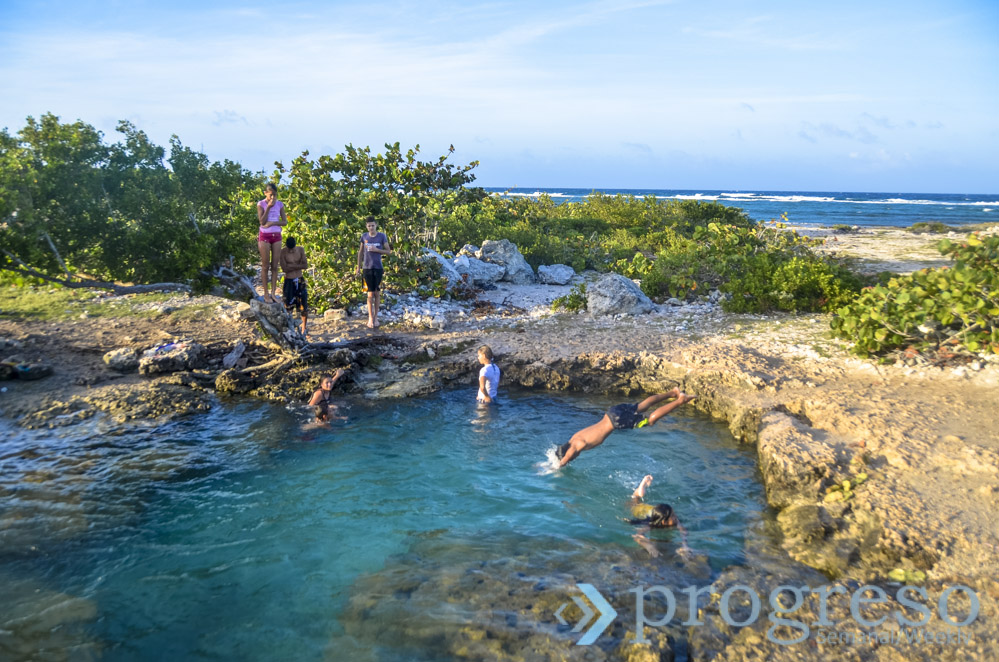
Return to Caletones
In Caletones, a small fishing village north of Holguin, 18 kilometers from the town of Gibara, my grandfather Bartholomew built a waterfront home nearly six decades ago. Before the cement had dried, he wrote at the entrance to his bedroom, “1959, year of liberation.” Later, fascinated by the place that owes its name to the number of sea grape plants that grow in the area, film director Humberto Solas immortalized the site in the third part of the film Lucía, a classic of Cuban cinema. And one of the main locations chosen was my grandfather’s home. It’s why the old man named where my extended family would gather every summer vacation until the year 2000, Villa Lucia.
A few years ago a hurricane took umbrage with Caletones. My grandfather’s home is no longer there and the architectural landscape is different from my memories of yesteryear. But essentially what made that place a kind of orchard (no running water, dirt roads and electricity only a few hours in the day) remains intact: the humility and solidarity of its few inhabitants, the breeze, and the smell of its surrounding fields and salt air, the fine sand and parsimony of its small beaches and its natural pools like the cold pond or the blue tanks (the underwater caverns being the deepest on the island).
So allow me then the insolence to disagree for a second with our dear and beloved poet from Holguin, Delfin Prats, presently nominated for the National Literature Prize, who wrote the verse “Do not return to where you were happy.”
Because in Caletones is where I ate too much of the mamoncillo fruit, also the mangos, melons and pineapples; it was where I learned to swim, fish, ride horses … where I hung out loose and free, as the Cuban saying goes. It is one of those special places one cherishes, where one lived the essential and happy childhood and adolescence, when you start to feel free and full.


